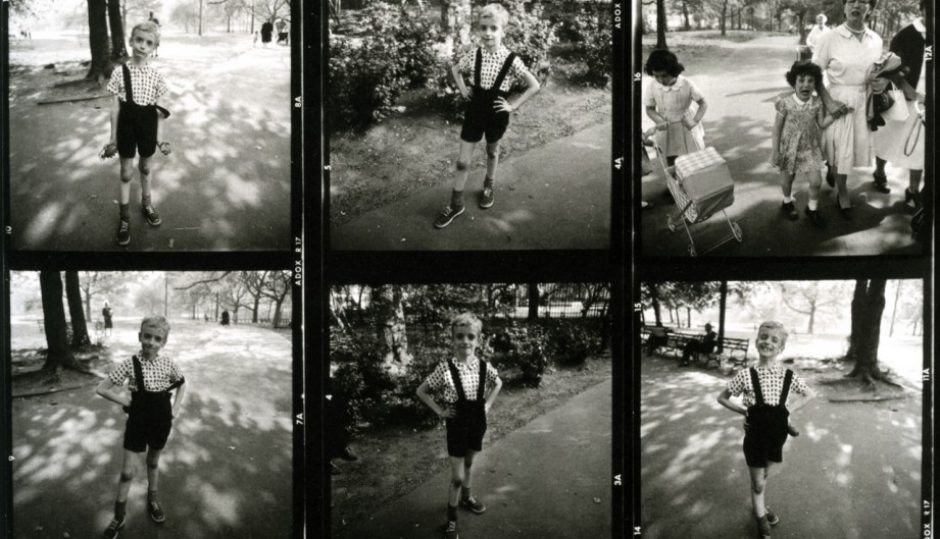Richard Whelan’s article on proving that Robert Robert Capa’s “Falling Soldier” is genuine is quite convincing. Whelan established a multifaceted approach in addressing the controversy behind the photograph. Although many of the reasons seem to be superficial, the argument that was the most convincing was the research of the identity of the fallen soldier. The article stated that the falling soldier in the photograph was a man named Federo Borrell Garcia, it was also confirmed in the Spanish government archives that Borrell had been killed in battle Atamo Muriano in September 5, 1936. Putting a name to the face, in a lack of better words, allows for the photograph to appear more personal. Looking at the photograph and after reading the article, the photograph does not seem staged. The trajectory of the fall and the unusual position of the soldiers arm illustrates authenticity. One of the functions of photography is that it is used as means of conveying a message to its audience. Whether a photograph is authentic or not depicts how an audience will react to it. Granted, it’s is unrealistic to believe that all photographs must be produced authentically as most often staged photographs are used in ways of entertainment and informing the public of serious issues however, authentic photographs are more appreciated and essential. A photograph that is manipulated or staged may take away from the overall message; meaning the audience may simply focus on the fact that the photograph is fake rather than the actual message behind it.
Contact Information
Professor Sandra Cheng
Office: Namm 602B
Office Hours: Mon 9-10 am, Tu/Th 9-10 am or
by appointment
Office Tel: 718-260-5003
Email: scheng@citytech.cuny.edu New York Times Arts
New York Times Arts-
Recent Posts
Recent Comments
- Upcoming Midterm | Art! Camera! Food! FYLC Fall 2016 on Protected: Image Files
- Andy Restrepo on Homework #1: Do we need Selfie-Free Zones?
- Alex Mohabir on Homework #1: Do we need Selfie-Free Zones?
- djmmkumar on Homework #1: Do we need Selfie-Free Zones?
- James Li on Homework #1: Do we need Selfie-Free Zones?
Archives
Categories
Meta



